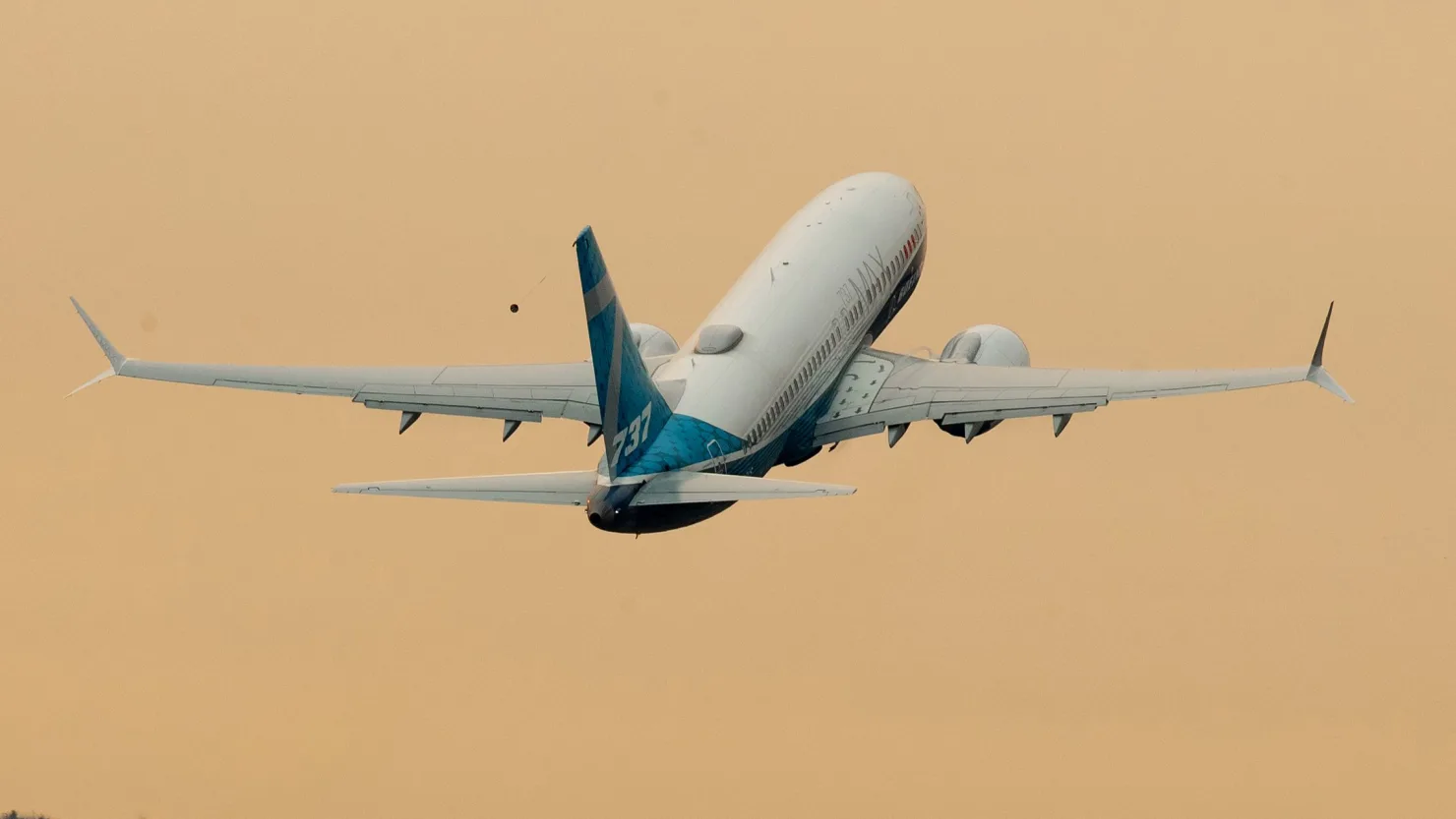After nearly seven years of turbulence, Boeing is showing signs of recovery under CEO Kelly Ortberg, a seasoned aerospace engineer brought out of retirement to tackle the company’s deep-rooted issues. Since taking over last year, Ortberg has spearheaded aggressive reforms, including cutting costs and streamlining operations. The company recently saw its highest aircraft delivery levels in 18 months, and production has steadily increased. Investors have responded positively—Boeing shares are up over 30% this year—while Wall Street analysts anticipate second-quarter losses to be half of what they were a year ago.
Ortberg has emphasized long-term stability. In addition to cutting 10% of Boeing’s workforce, he led a $20 billion capital raise, sold off the Jeppesen navigation business, and replaced the head of the troubled defense unit. He also relocated to the Seattle area, signaling commitment and visibility within Boeing’s core manufacturing operations.
However, the path to full recovery remains challenging. In January, a door plug blew out of a new 737 Max 9, triggering an FAA investigation and slowing production. The incident highlighted persistent quality control problems, echoing past crises like the 2018 and 2019 Max crashes that severely damaged Boeing’s reputation. The company has since faced renewed regulatory scrutiny and ongoing delivery delays, particularly for the uncertified Max 7 and Max 10 models.
Despite these setbacks, major airline clients have acknowledged progress. Executives from Ryanair, United Airlines, and Southwest have noted improvements in production quality and delivery consistency, though frustrations over certification delays remain. The FAA currently caps Boeing’s Max production at 38 planes per month, with any increase requiring federal approval.
Boeing’s defense division also continues to struggle with high-profile programs such as the KC-46 and the next-generation Air Force One. Ortberg’s leadership is seen as key to restoring performance in this segment.
Industry observers argue that Boeing must begin planning for a new commercial aircraft to remain competitive long term. While cautious at first, Ortberg appears open to the idea, signaling a possible strategic shift. Though Boeing’s turnaround is far from complete, Ortberg’s steady presence and focus on execution have restored a measure of stability and credibility to the beleaguered aerospace giant.
READ MORE:
